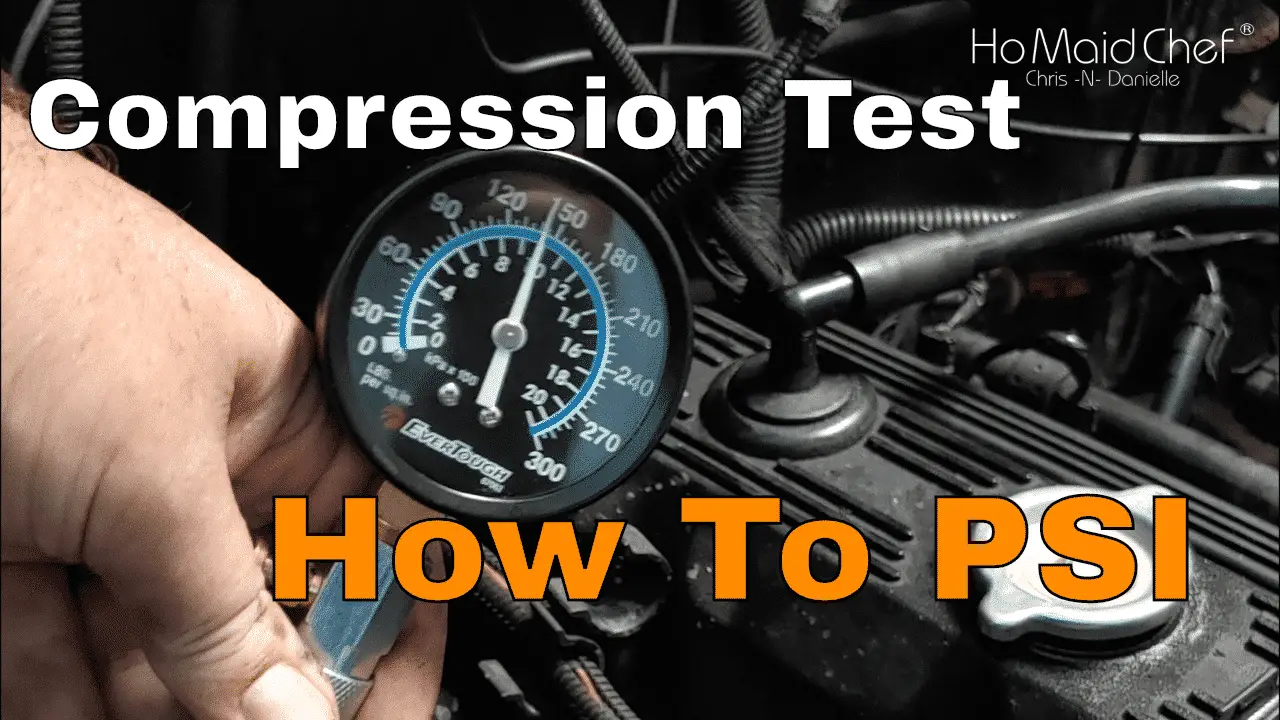Compression is key to good performance
How to test engine compression and the tools used to do it. The reason for us doing the compression test was, the jeep is running bad and we thought we had replaced all other parts that could be the cause of our symptoms. Look at our jeep playlist for all the things done to this jeep.
Tools and parts:
- Compression Tester Kit (8 Piece Set): https://amzn.to/2IEEOji
- Milwaukee 18-Volt Drill and Impact Driver Kit: https://amzn.to/2HfipZ5
- 268-Piece Husky Mechanics Tool Set: https://amzn.to/3kuGUzD
Why a compression test
A compression test exposes issues of an engine’s valves, valve seats, and piston rings. A healthy engine should have over 100 PSI of pressure, but what I look for more is if the cylinders don’t have more than 10 psi between them.
Symptoms of low compression and why we took a look.
- Misfires and Sputters The engine sounds like it is missing, hate it when things aren’t running on all cylinders.
- Poor Power and Performance Well, we were really feeling this, sometimes it was hard to keep the jeep moving. Just losing one cylinder would cut our performance by 1/4.
- Poor Fuel Economy Our gas mileage was way down, getting 10 MPG, and with fuel prices who want to buy more gas with less performance.
- Failure to Start As compression goes down, the engine becomes harder to start, starting is really good when you want to go somewhere.
What causes low engine compression?
- Holes in the Piston If this is your issue, you are going to see serious smoke out the tailpipe. Most of the time holes in pistons are caused by pre-detonation, if you hear ping “rattling” get your car checked out quickly.
- Leaky Valves Worn values will cause compression to leak through the compression cycle killing your performance.
- Head Gasket Failure Blown head gaskets are fun, most of the time I saw head gasket issues it was at a water jacket, that is fun. But if a head gasket is leaking compression you probably will be able to hear it.
- Bad piston rings Worn rings you will not bleed off compression in the crankcase, but you probably see burning oil at the tailpipe if this is the issue.
- Faulty Cam, Lifters, Rockers This will be more apparent in compression loss if it is the intake valve. Your cam, lifters, and rockers are used to open the valves. If a cam lobe is worn, a lifter is flat, or a rocker has failed the valve may not open that much or not at all.
Jump To In Video:
If you like this and it has helped or you have an idea to improve this post, feel free to leave a comment below. You can also send us direct feedback from Contact Us below if you so desire. Our mission is to help others through self-discovery and improvement, your journey begins with that first step.
See our shop for branded gear!
Check out Dining in with Danielle for great recipes!
See About Us author information!
Leave feedback, all information comes from our experiences, it can be flawed.
Equipment:
All videos are edited with Sony VEGAS Pro
https://amzn.to/2GrzE77
Our video studio does have a green screen with umbrella lighting
https://amzn.to/2BVIlpq
All recording equipment is Sony and our main camera is the HDR-CX675 offering servo steadied filming and 5.1 sound.
https://amzn.to/2BlJxQb





